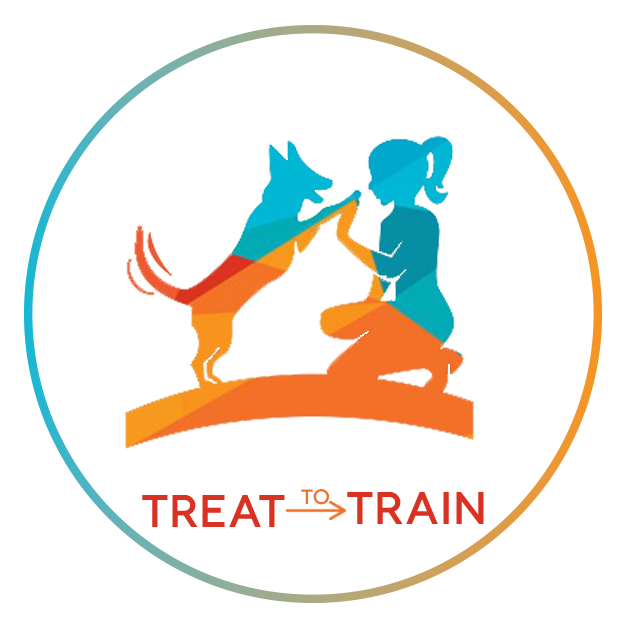Understanding and Managing Resource Guarding in Dogs
Resource guarding is a natural behavior in canines, much like it is in many other creatures, including humans. In this conversation, we'll delve into the world of resource guarding, examine how it unfolds, and discover what we can do to handle it and make life better for our four-legged companions.
The Instinct to Guard Valuables
Resource guarding is basically the instinct of protecting valuable possessions. Canines, like us, feel the urge to safeguard their valuable items, whether it's food, toys, their favorite blanket, or even some love and attention from their favorite humans. Now, a bit of this behavior is completely normal and healthy, but it can turn into a problem if it gets all aggressive, especially when it comes to other dogs or humans.
Scenarios of Resource Guarding
Let's break down how resource guarding can go down:
Best Case Scenario: Both canines involved know the drill. The one with the resource signals the other dog to back off, and the approaching dog does just that, peacefully. No harm, no foul, that's how it's supposed to work.
Second Best Scenario: One of the dogs isn't quite polite in its approach, but the other dog gets the hint and backs down, avoiding a showdown. However, there's a risk that the polite dog might stop being so polite if the other one keeps pushing.
Not good, Part one: The dog holding the resource goes all aggressive without giving the approaching dog a chance to step back.
Not good, Part two: The approaching dog isn't great with social cues and keeps moving closer despite the warnings from the resource-guarding dog.
Not good, Part three: Both dogs go at it, and things get really messy.
These scenarios show why it's crucial to spot resource guarding early and know how to handle it.
Watch Out for Canine Tension
To handle resource guarding, it's vital to keep an eye on any tension between your dogs. Even if things seem fine at first, watch out for subtle signs of growing tension. Pay attention to your dogs' interactions and step in if needed to avoid things getting out of control.
Managing Resource Guarding
Management means taking steps to stop resource-guarding situations from happening. This can include feeding your dogs separately, using crates during meal times, and removing valuable items when your dogs are hanging out together. Management works well when guarding behaviors are infrequent and predictable.
Changing Resource Guarding Behavior
To modify resource-guarding behavior, you've got to change how your dog feels when valuable stuff and other dogs are around. Here's the game plan:
Counter-Condition Dog A:
Teach Dog A that when another dog shows up, good stuff happens (like high-value treats).
Gradually bring the dogs closer during these sessions until they can share resources without any drama.
Operant Conditioning for Dog A (Using the CAT Protocol):
Teach Dog A that staying cool and relaxed when another dog approaches means the other dog will go away.
Reduce the distance between the dogs while keeping an eye on Dog A's behavior and rewarding the calm responses.
Operant Conditioning for Dog B:
Teach Dog B to back off when signaled, whether by you or cues from Dog A, like a serious stare or a bit of a snarl.
Reward Dog B for leaving the area when they get the signal.
Remember, modifying resource guarding takes some time and patience. Consistent training and gradual exposure are your best friends here.
Wrapping It Up
Resource guarding is something canines do naturally, but it can become an issue if we don't handle it the right way. Recognizing different scenarios and understanding how to intervene, manage, and modify this behavior can help create a peaceful and safe environment for your canine companions. Whether you choose counter-conditioning or operant conditioning, the goal is to ensure your dogs can share resources without any aggression. With some effort and the right approach, your dogs can live together in harmony, reducing tension and keeping things happy and stress-free.
If you find yourself facing challenges in managing your dog's behavior, especially concerning issues like resource guarding, aggression, or reactivity, remember that you're not alone. Seeking professional guidance can make a world of difference. At Treat to Train, we specialize in addressing a wide range of dog behavior concerns. Our team of experienced trainers and behaviorists has worked with dogs internationally, helping pet owners overcome various issues. Don't hesitate to reach out for expert assistance and tailored advice. Your dog's well-being and your peace of mind are our top priorities.

